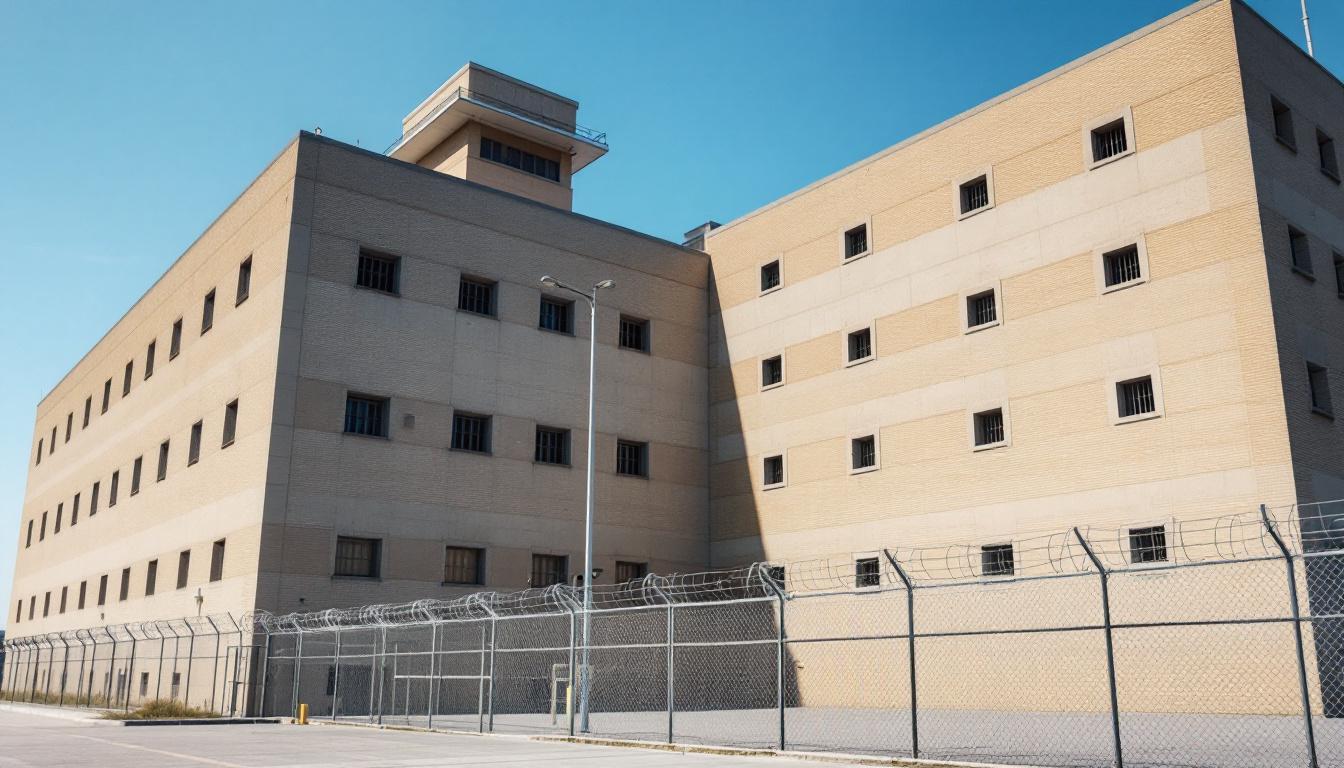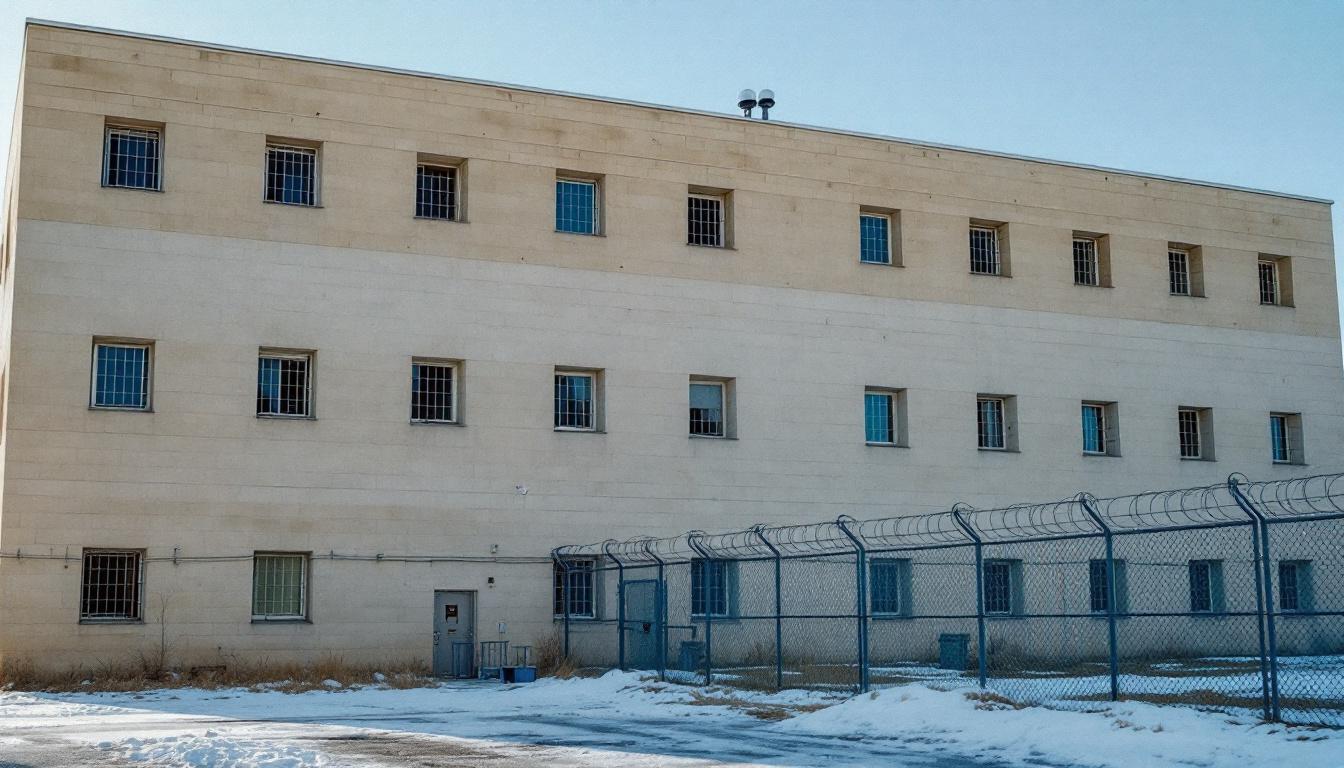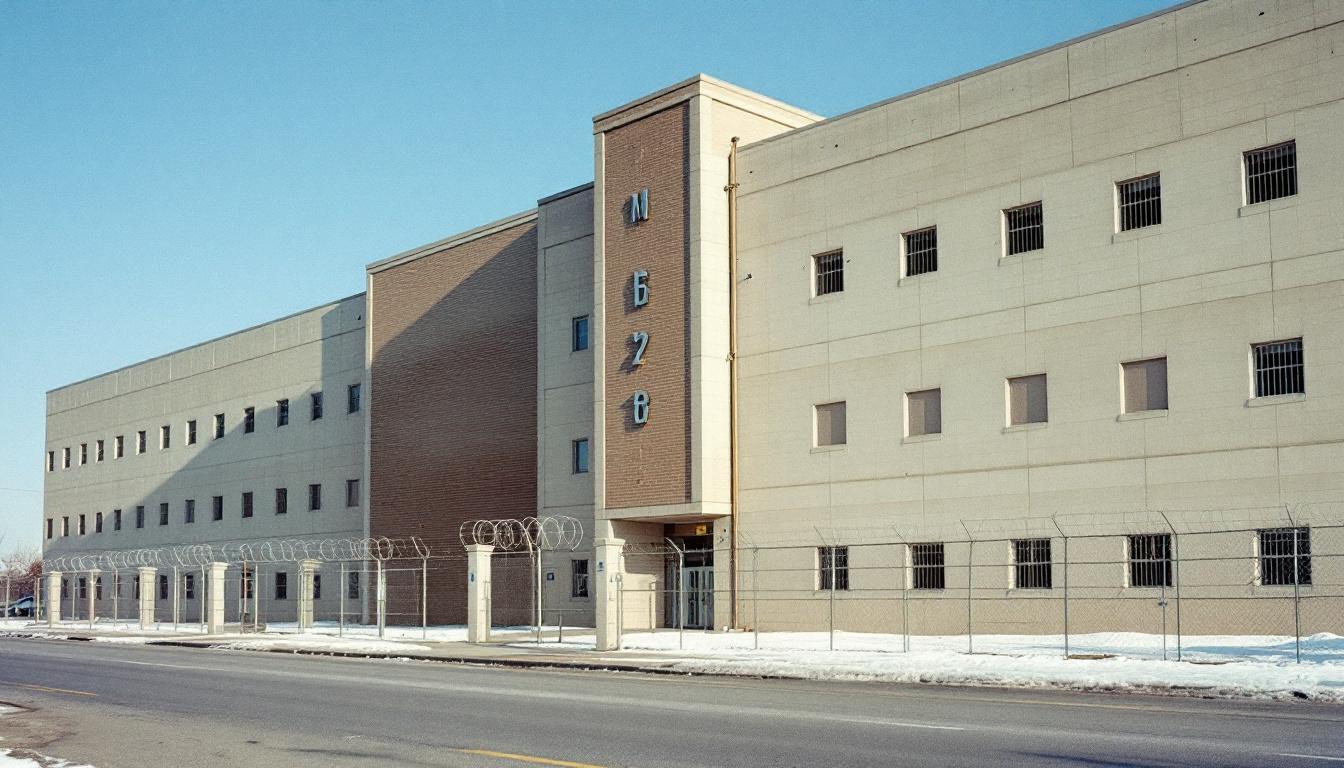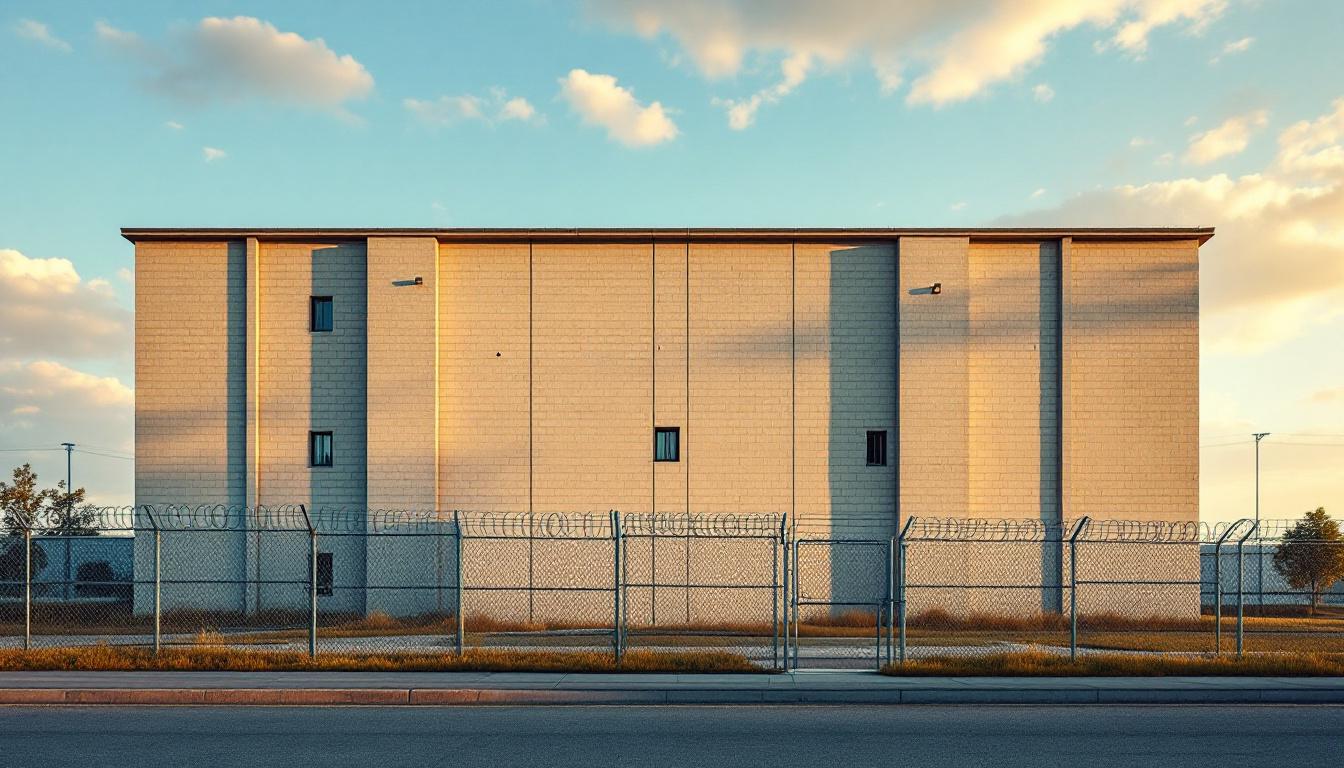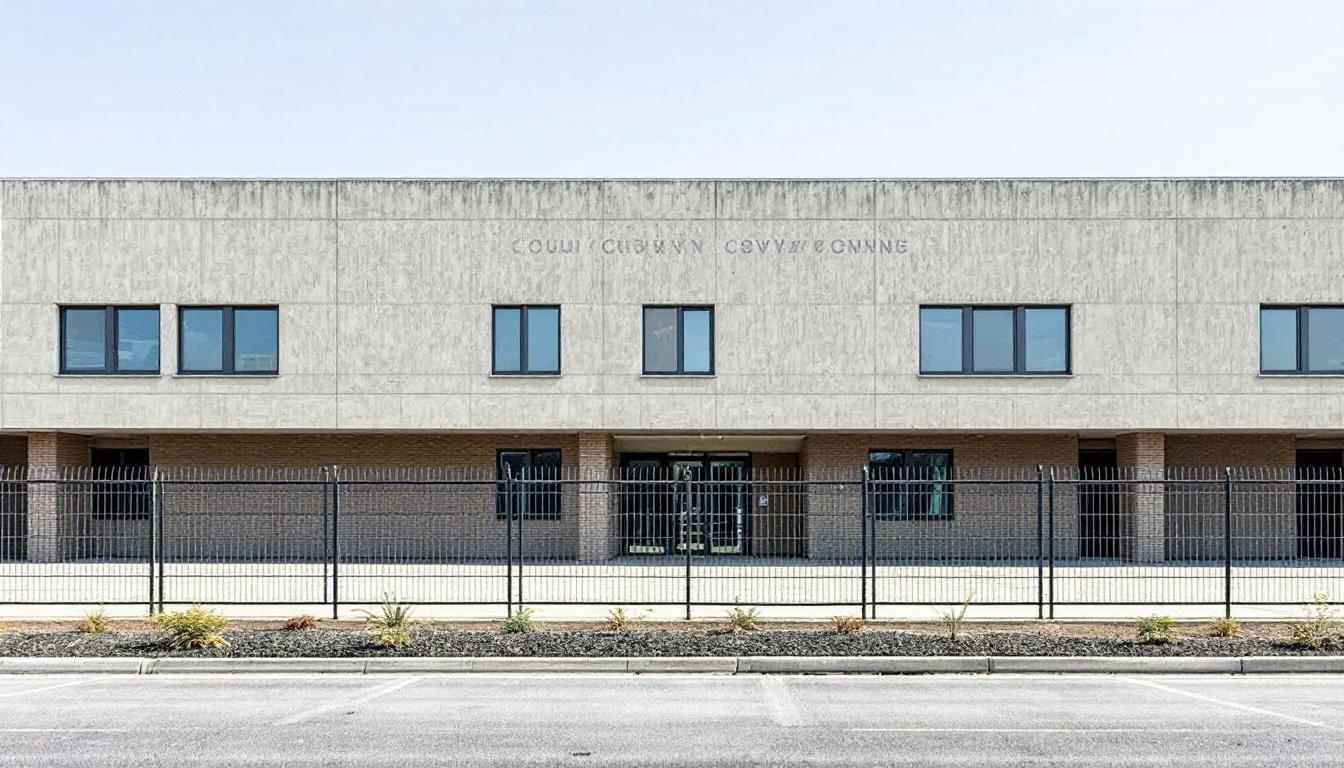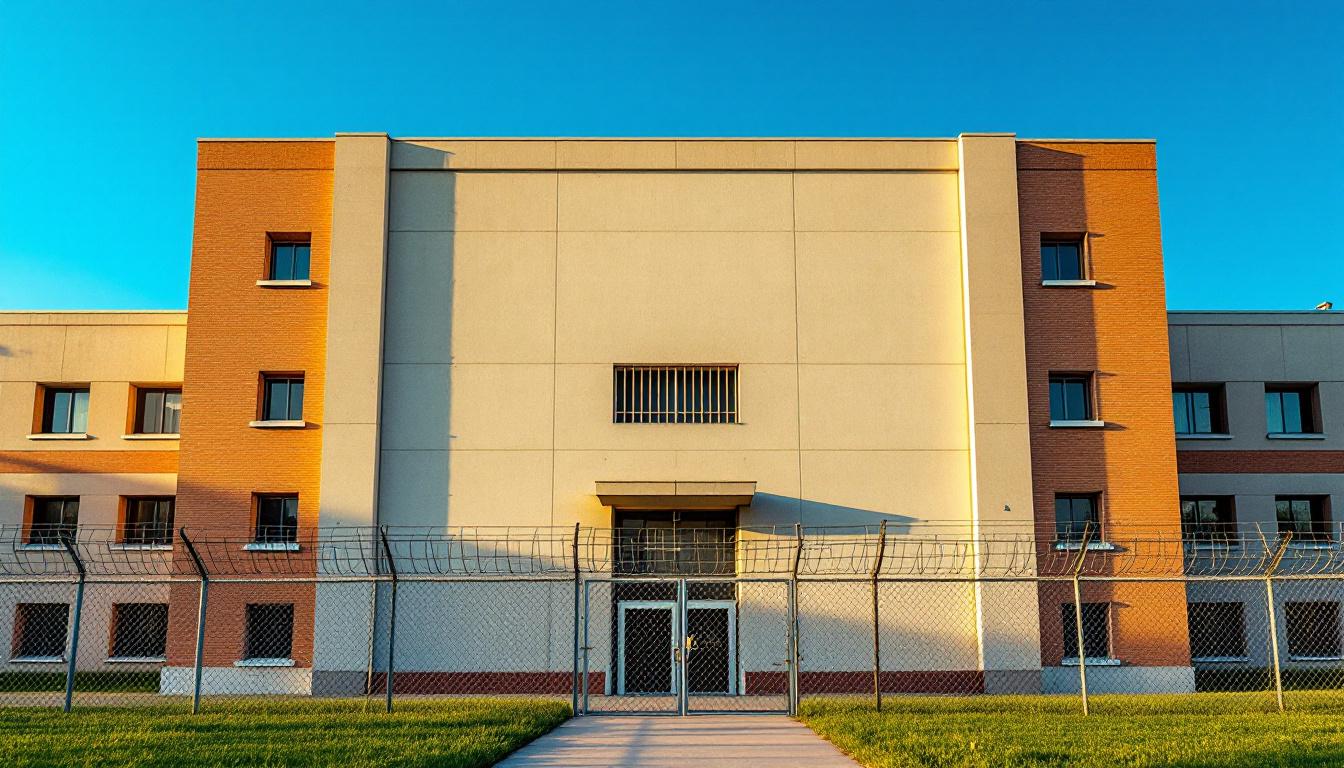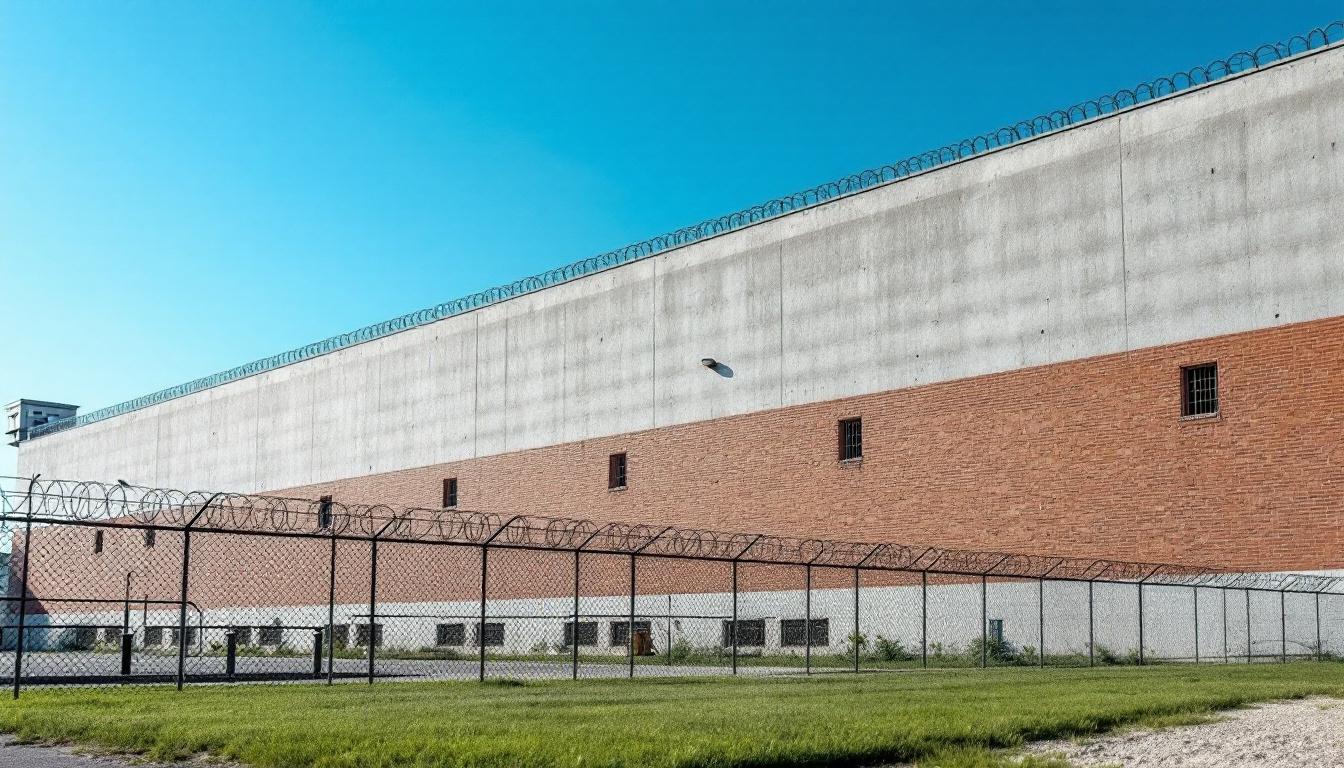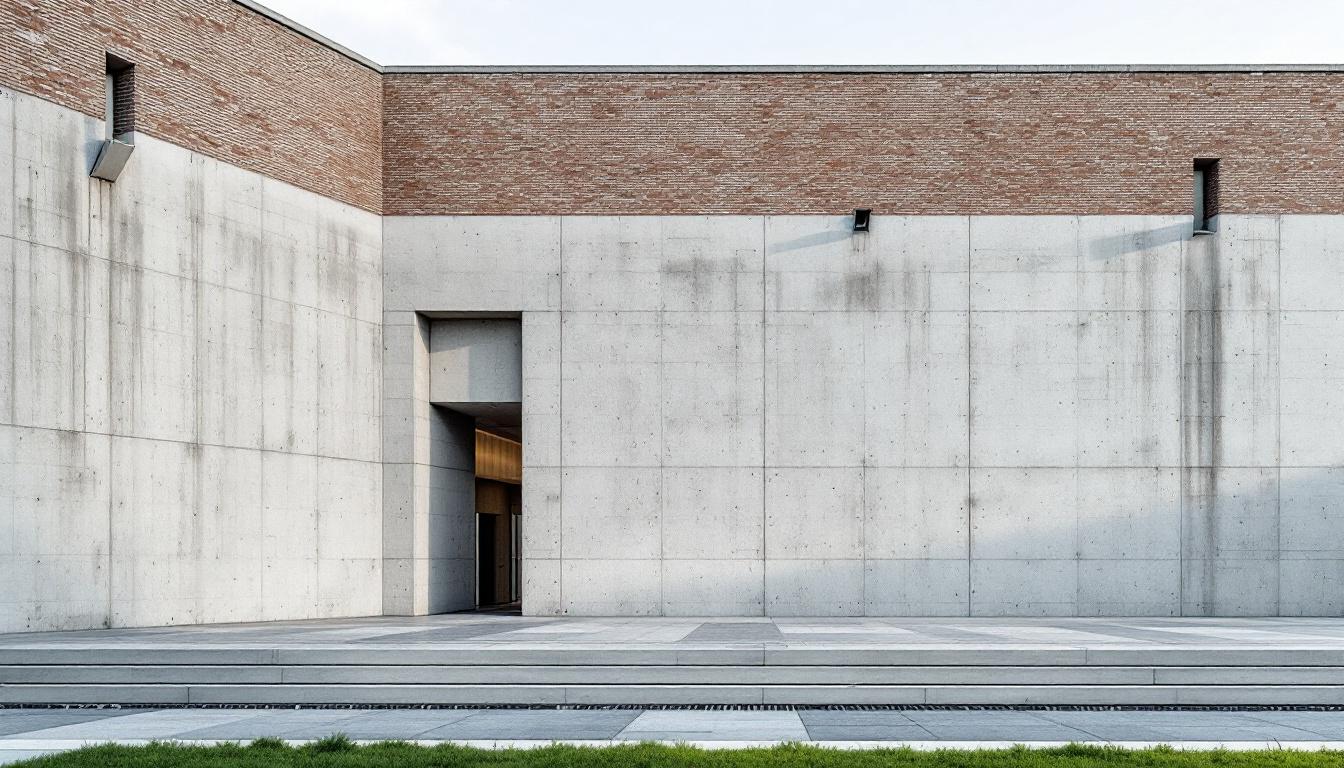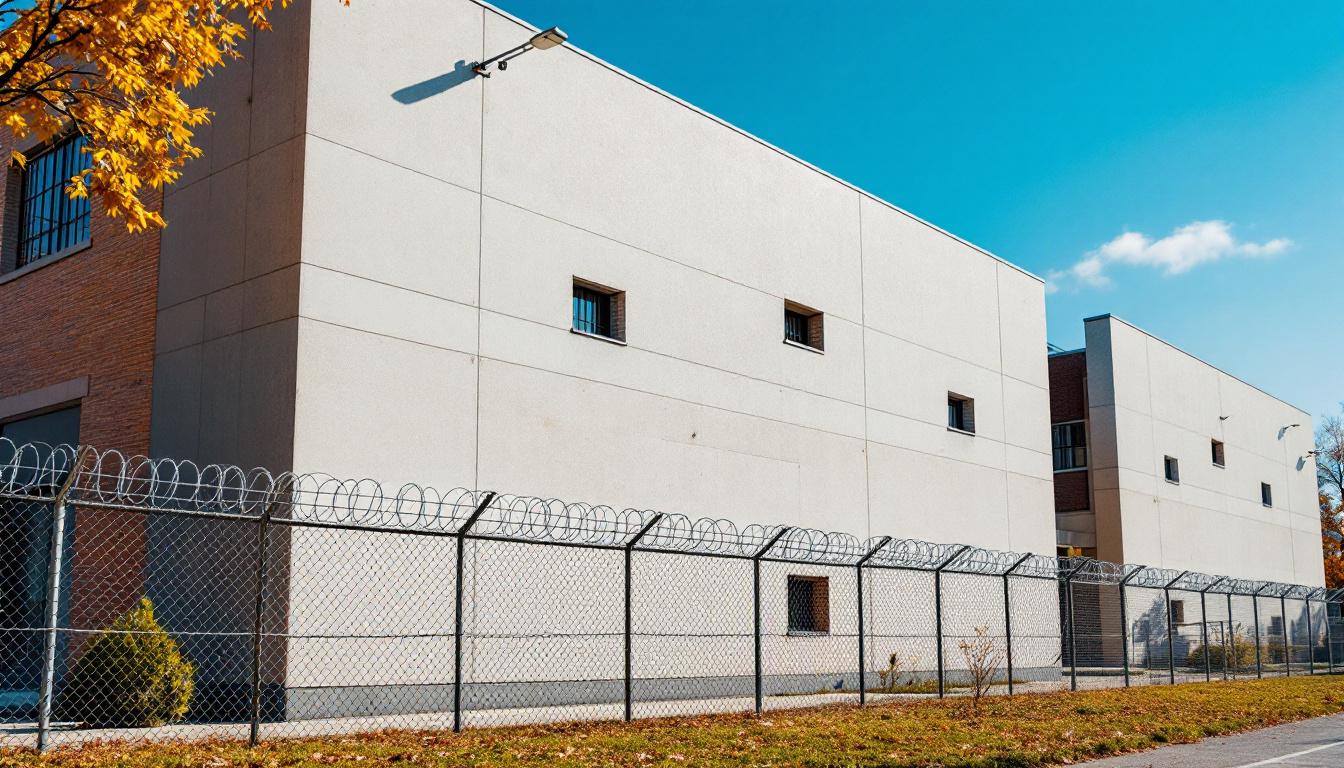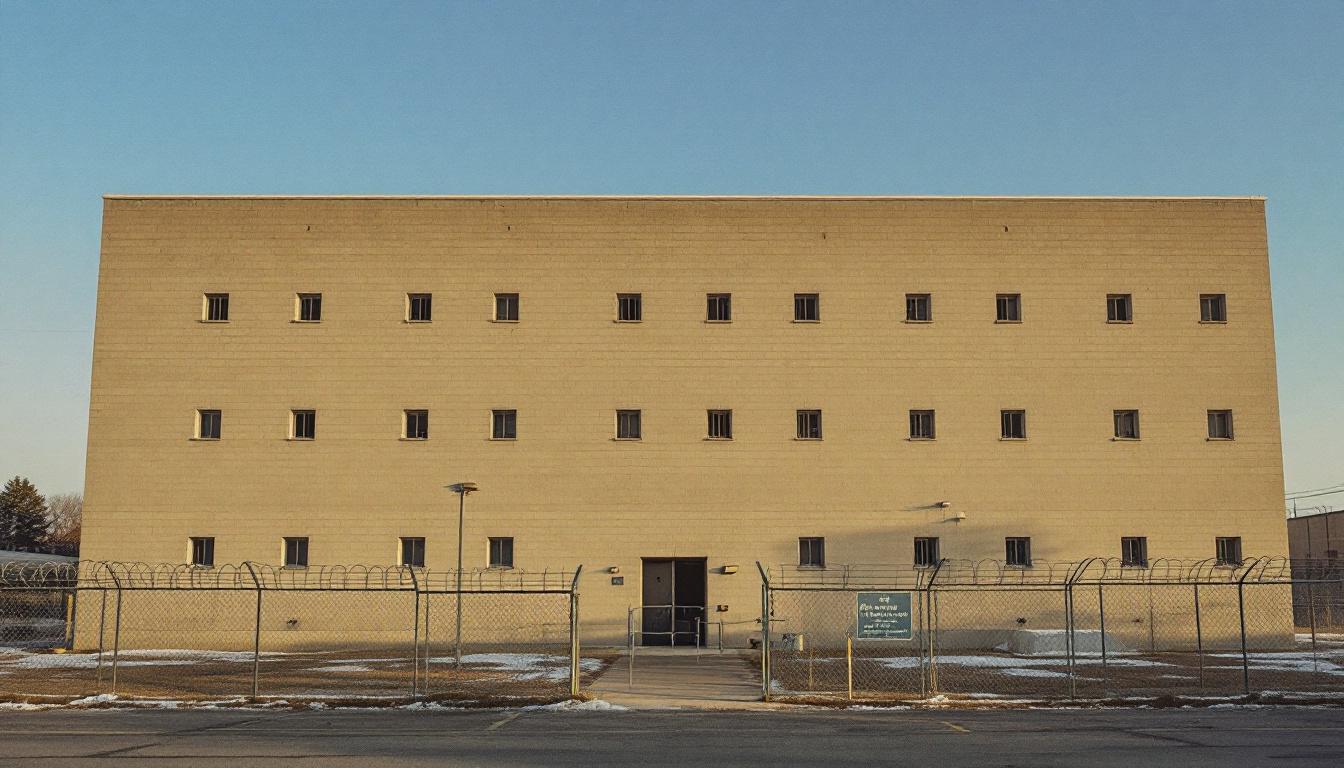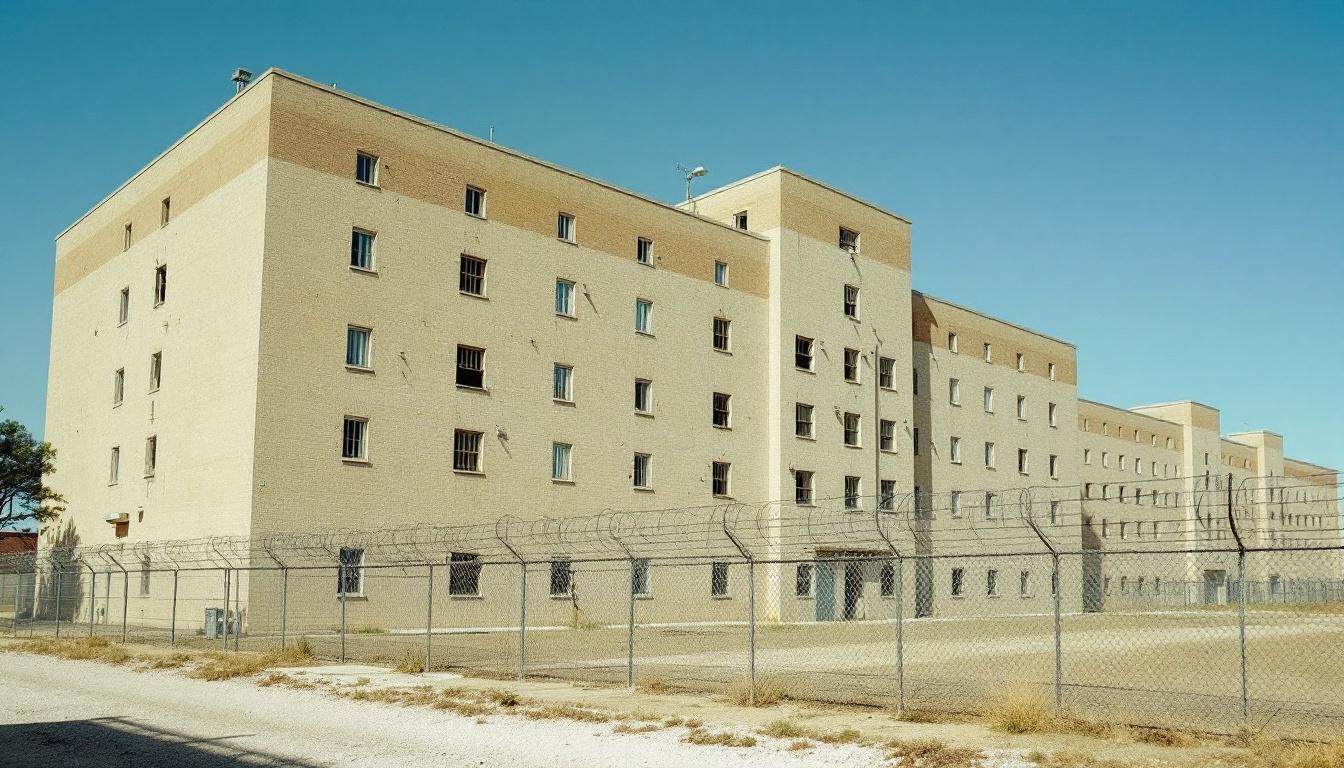
Quick Navigation
How to contact an inmate at Logan County Jail
This comprehensive guide will walk you through how to connect with an inmate at Logan County Jail. Follow the steps below to find an inmate and send letters and photos:
- Search for the inmate using our search tool below
- Create your account or log in to Penmate
- Write your message (up to 6,000 characters)
- Send instantly - inmates receive printed copies daily
Find an Inmate
Search for an inmate to start communicating today
Tip: You can search by first name, last name, or inmate ID number
To contact a person at Logan County Jail start by searching for the person on the facility website. Perform a search by following these steps:
- Step 1: Enter their first name and last name into the search form and click "Search"
- Step 2: Locate their inmate record
- Step 3: Write down their Inmate ID and any housing information provided
Important! Be sure to enter the person's full name. Nicknames should not be used.
How to Send Messages to Inmates

You can use your phone or computer to send emails, letters, and photos to an inmate. Messages are sent electronically to inmate tablets or kiosks at the facility. If you would like to send a message, start by searching for an inmate at Logan County Jail.
Sending Photos and Postcards

A great way to send love and support to a loved one at Logan County Jail is to send photos and postcards. It only takes a few minutes to send photos from your phone and it makes a huge difference. You can also mail postcards with words of support and inspiration, or design your own postcard for special moments like birthdays and holidays.
Important! Be sure not to send any explicit photos or they may not be approved by the facility. You can also use a photo printing app like Penmate to make sure your photos are printed at the correct size (4x6 or 3x5) and are mailed according to the rules and regulations of Logan County Jail.
Frequently asked questions about Logan County Jail
-
How long does it take to deliver a message?
If you're sending an email message your letter is usually delivered within 24-48 hours. For messages sent via mail you should expect delivery within 3-7 days. All messages will need be approved by Logan County Jail.
-
How much does it cost to send a message to Logan County Jail?
You can send a message free using your phone or mail a message via USPS for the price of a $0.60 stamp and envelope. You can also purchase credits or e-stamps from services starting at $1.99.
-
What services can I use to contact an inmate at Logan County Jail?
Penmate
You can use Penmate to send letters and photos to an inmate from your phone. It's an easy way to stay in touch during your loved one's incarceration. Use the inmate locator to find an inmate's location and contact information, then you can send messages within a few minutes.
Securus messaging
Securus may be another option for communicating with an inmate at Logan County Jail. You can create a friends and family account and purchase credits to send messages. All messages will be reviewed and must be approved by the facility.
JPay
Some county jails and state prisons may support sending messages with JPay. You must register an account with the system, find your loved one, and purchase stamps to send messages. For some locations you can also attach photos.
Smart Jail Mail
You may also check if Smart Jail Mail is available at Logan County Jail. Smart Jail Mail is operated by Smart Communications and has contracted with some state and county jails. After purchasing credits, your messages and photos are sent to the facility, printed out, and then handed out to your loved one.
-
What is the mailing address of Logan County Jail?
Mailing address:
Logan County Jail
284 County Rd 32 S
Bellefontaine, OH 43311
Phone: (937) 592-8111Business hours:
- Monday: Open 24 hours
- Tuesday: Open 24 hours
- Wednesday: Open 24 hours
- Thursday: Open 24 hours
- Friday: Open 24 hours
- Saturday: Open 24 hours
- Sunday: Open 24 hours
-
What are the visiting hours at Logan County Jail?
Visiting hours at Logan County Jail vary by housing unit and security level. Generally, visits are scheduled on weekends and holidays, with some facilities offering weekday visits. Contact the facility directly at (937) 592-8111 or check their website for the current visiting schedule. Visits typically last 30-60 minutes and must be scheduled in advance.
-
What items are prohibited when sending mail to Logan County Jail?
Prohibited items typically include: cash, personal checks, stamps, stickers, glitter, glue, tape, staples, paperclips, polaroid photos, musical or blank greeting cards, hardcover books, magazines with staples, and any items containing metal or electronics. Only send letters on plain white paper with blue or black ink. Photos must be printed on regular photo paper (no Polaroids). Always check with Logan County Jail for their specific mail policies.
-
How do I send money to an inmate at Logan County Jail?
You can send money to an inmate at Logan County Jail through several methods: 1) Online using JPay, Access Corrections, or the facility's approved vendor, 2) Money orders mailed directly to the facility with the inmate's name and ID number, 3) Kiosks located in the facility lobby, or 4) Over the phone using a credit or debit card. Fees vary by method, typically ranging from $2.95 to $11.95 per transaction.
-
Can I schedule a video visit with an inmate at Logan County Jail?
Many facilities now offer video visitation as an alternative to in-person visits. At Logan County Jail, video visits may be available through services like Penmate, Securus Video Connect, GTL, or ICSolutions. Video visits typically cost $10-20 for 20-30 minutes and must be scheduled in advance. You'll need a computer or smartphone with a camera and reliable internet connection. Contact the facility for their specific video visitation policies and approved vendors.
-
What identification do I need to visit an inmate at Logan County Jail?
All visitors must present valid government-issued photo identification such as a driver's license, state ID, passport, or military ID. Minors must be accompanied by a parent or legal guardian who can provide the minor's birth certificate. Some facilities require visitors to be on the inmate's approved visitation list, which may require a background check. Contact Logan County Jail for specific ID requirements and visitor approval procedures.
-
How can I find out an inmate's release date?
To find an inmate's release date at Logan County Jail, you can: 1) Use the online inmate search tool if available, 2) Call the facility's records department, 3) Contact the inmate's case manager or counselor, or 4) Have the inmate provide this information during a call or visit. For privacy reasons, some facilities only release this information to immediate family members.
Facility Overview
Contact Information
Logan County Jail284 County Rd 32 S
Bellefontaine, OH 43311
Phone: (937) 592-8111

About Logan County Jail
Within Ohio’s network of correctional institutions, the mission of maintaining public safety while supporting rehabilitation efforts guides operations at Logan County Jail in Bellefontaine. This OH correctional facility serves as a crucial component in the state’s justice system, providing secure housing and structured programming for individuals awaiting trial or serving shorter sentences. Located in Logan County’s seat, the facility operates within the broader framework of Ohio’s correctional infrastructure, contributing to community safety while addressing the diverse needs of those incarcerated services encompass.
The county jail typically emphasizes structured daily routines that may include educational opportunities, substance abuse programming, and work assignments designed to support successful community reintegration. Mental health services and medical care generally form essential components of the facility’s approach, recognizing that addressing underlying issues often benefits both individuals and the broader Bellefontaine community. Through coordination with local courts, social services, and treatment providers, the facility works to balance accountability with rehabilitation goals.
Logan County Jail’s role extends beyond secure detention to include supporting family connections through visitation programs and communication services that help maintain important relationships during incarceration. The facility may offer religious services, library access, and recreational activities as part of its comprehensive approach to managing the challenges of confinement while preparing individuals for their eventual return to the community. These efforts reflect the facility’s understanding that effective correctional practices benefit not dedicated those directly involved in the justice system but the entire Logan County region.
Programs & Services
Personal transformation begins with access to meaningful opportunities, and those incarcerated at Logan County Jail may discover pathways toward positive change through carefully structured offerings. The facility typically emphasizes a comprehensive approach to rehabilitation, recognizing that sustainable reentry success often depends upon addressing multiple facets of an individual’s circumstances. Within the secure environment, various initiatives may furnish participants with tools for personal development while maintaining the essential focus on safety and institutional security.
Educational and vocational opportunities often form the cornerstone of the facility’s developmental approach. Those incarcerated may access education initiatives designed to strengthen foundational academic skills, while civic education components typically help participants better understand their roles and responsibilities within the broader community. In addition to this academic foundation, job training offerings may provide practical skills development in various trades and industries, potentially enhancing employment prospects upon release. These vocational programs often emphasize hands-on learning within the structured environment of the facility.
Support services frequently complement the educational and vocational components, addressing underlying challenges that may have contributed to incarceration. Recovery services typically offer those struggling with substance use disorders the opportunity to engage in therapeutic programming designed to promote long-term sobriety and healthier decision-making patterns. Housing assistance programs may furnish participants with resources and guidance for securing stable living arrangements upon release, recognizing that residential stability often serves as a crucial foundation for successful community reintegration. These comprehensive support offerings typically operate within the facility’s security framework while fostering an environment conducive to personal growth and positive behavioral change.
Daily Life & Visitation
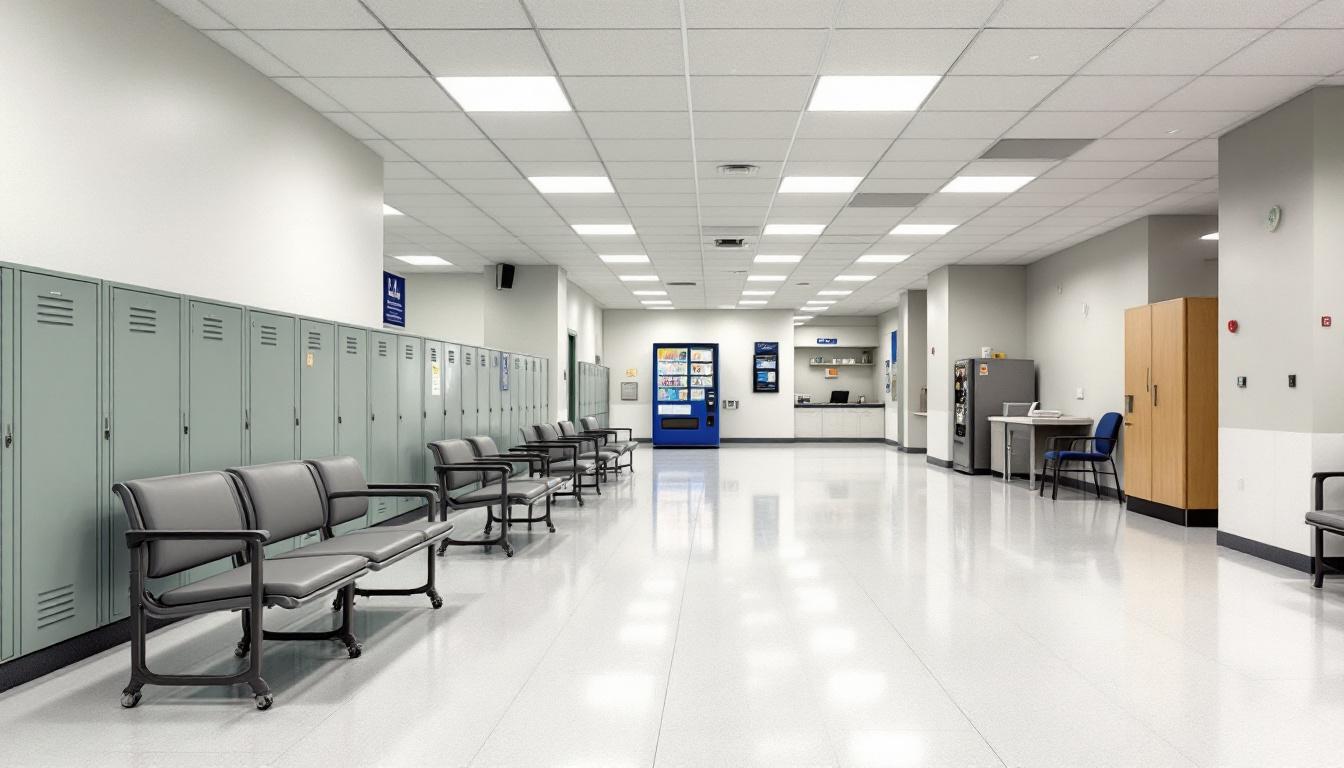
Family connections and social bonds remain central to the experience of those incarcerated at Logan County Jail, as maintaining these relationships often provides crucial emotional support during their time at the facility. Those incarcerated now follow structured daily routines that typically begin with early morning counts and meal service, followed by regularly scheduled activities that may include educational programming, work assignments, and recreational periods. The facility generally operates on a schedule that furnishes predictable structure, with those incarcerated moving between different areas for meals, programming, and other activities throughout the day.
Living accommodations at the facility typically consist of housing units that may include both dormitory-style and individual cell arrangements, depending on classification levels and available space. Those incarcerated generally share common areas within their housing units, creating opportunities for social interaction and community building among residents. Meals are usually served in designated dining areas or within housing units, providing regular gathering times that often become important social periods for those incarcerated to connect with others and maintain a sense of community.
In addition to this structured environment, the facility typically offers various recreational opportunities that may include access to television areas, reading materials, and exercise periods that allow those incarcerated to maintain physical fitness and social connections. Visitation policies generally permit family members and approved visitors to maintain contact through scheduled visits, while communication options may include telephone access and correspondence services. Work assignments within the facility often furnish those incarcerated with opportunities to contribute to daily operations while developing job skills, and these positions frequently create additional social connections among residents. Despite this structured environment, maintaining family relationships and outside connections remains a priority, with the facility typically supporting various forms of communication that help those incarcerated stay connected to their support systems in the community.
Ready to Connect?
Start communicating with your loved one today
Search for an Inmate
